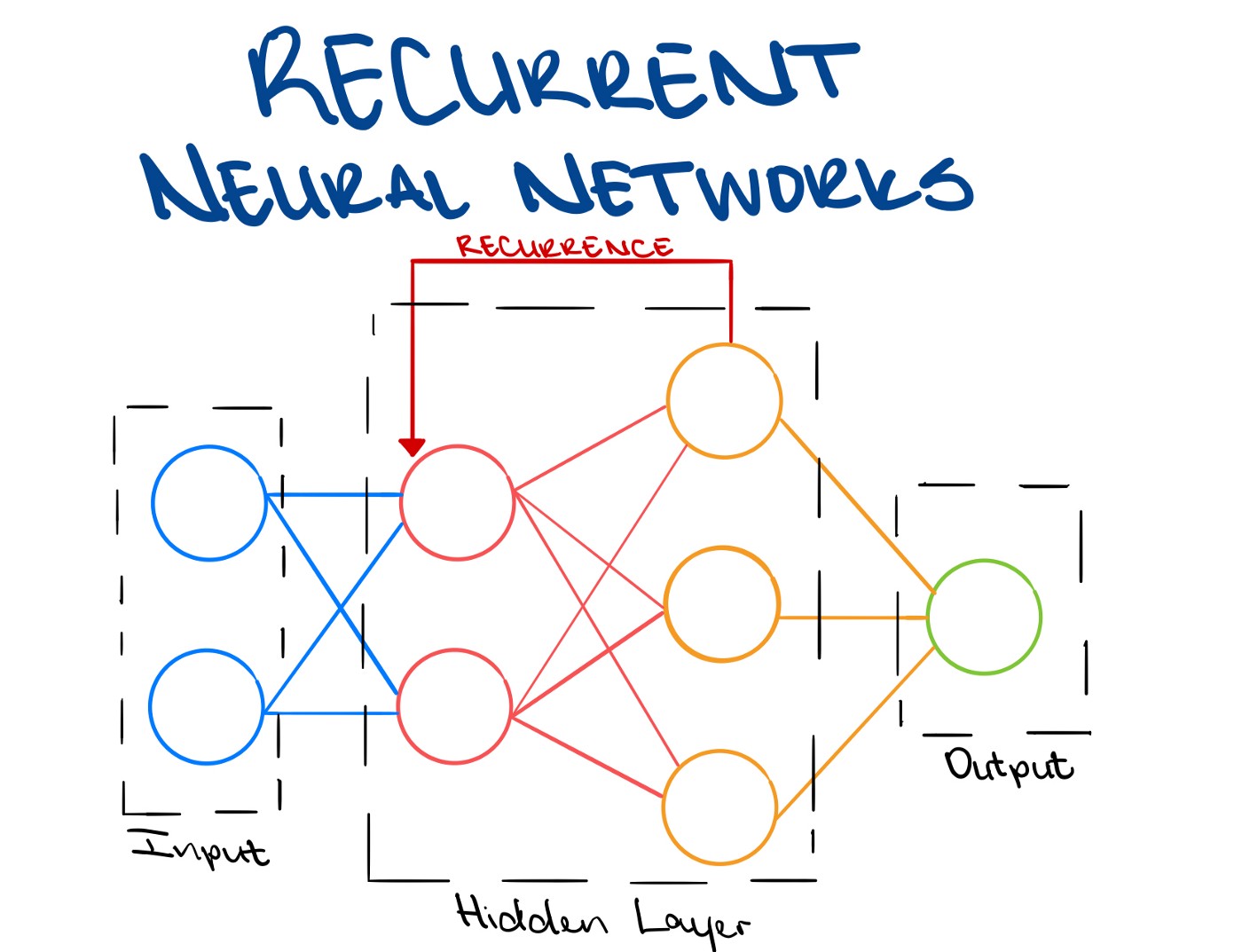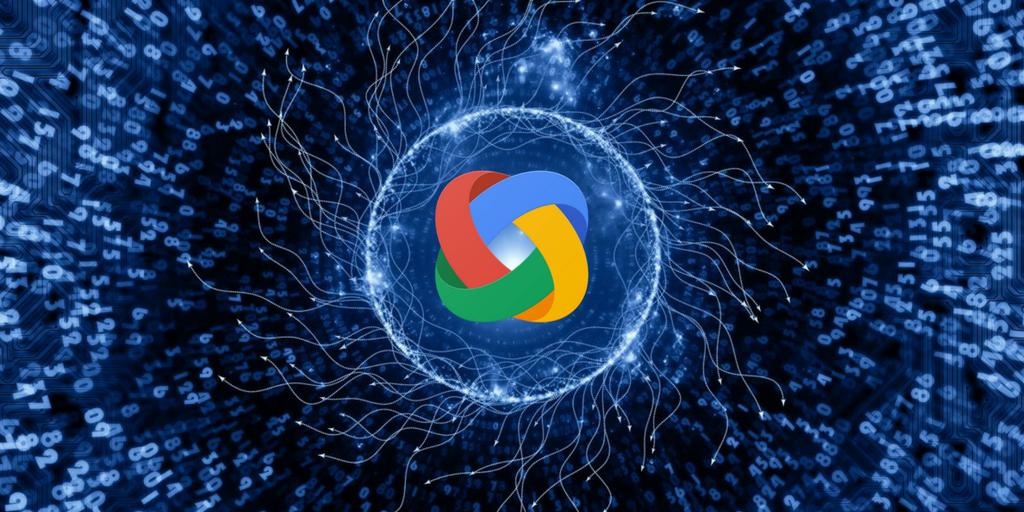
Learning rate is one parameter that can be used to optimize a process. It controls the number of steps in each iteration. The learning rate moves towards the minimization of loss functions. This is also known as the "learning curve" (or learning rate). Here are some examples showing the effects learning rate has on people. A learning rate of 0.5 will result in a loss function that has a mean zero. A loss function with a mean equal to one will be produced by a learning rate of 0.1
0.5 is the limit
It is important to ask whether 0.5 is the learning rate limit. But how do you determine this limit? The answer is straightforward, but the limits depend on the type and learning method. If the learning speed is 0.5 then the resulting gradient would be small. The next update of this parameter will also be small. The result is an optimization step. This will avoid saddle point stagnation.

0.1 is the base rate
Meehl & Rosen studied the learning rate and chose 0.1 because it was considered the lowest. This low base rate makes testing more difficult. The researchers devised a test to help improve the efficiency and effectiveness of their study. The test's results are still in flux, but they provide a useful first step to professional judgment. The study has a low base rate, which the authors acknowledge is not the only downside.
The maximum rate is 0.1
The default learning rate value is 0.1. However, your model may require a different range. The model's progress directly affects the learning rate. Example: A malicious client will still display abnormal deviations, even if the model is updated at a rate 0.001. If your model is not performing as expected, you should change this value to 0. This value can prove problematic if your model begins to learn too fast.
1/t decay
A step decay can be described as a statistically significant drop in the learning speed over a few epochs. This decreases the chance of oscillations that occur when the learning speed is constant. A high learning rate can cause learning to jump around over a minimal value. You can adjust this hyperparameter to reduce the error. The most common values are 0.2 and 0.3. These values can be used to generate heuristics but the first two are more common.

Exponential decay
The difference between time-based and exponential decay in recurrent neural network is that the former exhibits a smoother, more consistent behavior. Both learning rates decrease over the course of time. However exponential decay is quicker during initial training and flattens towards the end. There are two types, time-based and exponential decay. Exponential decay is faster than time-based decay but outperforms time-based decay slightly.
FAQ
Is AI possible with any other technology?
Yes, but not yet. There are many technologies that have been created to solve specific problems. All of them cannot match the speed or accuracy that AI offers.
What are some examples AI applications?
AI is used in many fields, including finance and healthcare, manufacturing, transport, energy, education, law enforcement, defense, and government. Here are just a few examples:
-
Finance - AI already helps banks detect fraud. AI can detect suspicious activity in millions of transactions each day by scanning them.
-
Healthcare – AI helps diagnose and spot cancerous cell, and recommends treatments.
-
Manufacturing – Artificial Intelligence is used in factories for efficiency improvements and cost reductions.
-
Transportation - Self-driving cars have been tested successfully in California. They are now being trialed across the world.
-
Energy - AI is being used by utilities to monitor power usage patterns.
-
Education - AI has been used for educational purposes. Students can communicate with robots through their smartphones, for instance.
-
Government - AI can be used within government to track terrorists, criminals, or missing people.
-
Law Enforcement – AI is being utilized as part of police investigation. Investigators have the ability to search thousands of hours of CCTV footage in databases.
-
Defense – AI can be used both offensively as well as defensively. It is possible to hack into enemy computers using AI systems. For defense purposes, AI systems can be used for cyber security to protect military bases.
Where did AI get its start?
Artificial intelligence began in 1950 when Alan Turing suggested a test for intelligent machines. He believed that a machine would be intelligent if it could fool someone into believing they were communicating with another human.
John McCarthy took the idea up and wrote an essay entitled "Can Machines think?" In 1956, McCarthy wrote an essay titled "Can Machines Think?" He described in it the problems that AI researchers face and proposed possible solutions.
Statistics
- A 2021 Pew Research survey revealed that 37 percent of respondents who are more concerned than excited about AI had concerns including job loss, privacy, and AI's potential to “surpass human skills.” (builtin.com)
- In 2019, AI adoption among large companies increased by 47% compared to 2018, according to the latest Artificial IntelligenceIndex report. (marsner.com)
- While all of it is still what seems like a far way off, the future of this technology presents a Catch-22, able to solve the world's problems and likely to power all the A.I. systems on earth, but also incredibly dangerous in the wrong hands. (forbes.com)
- According to the company's website, more than 800 financial firms use AlphaSense, including some Fortune 500 corporations. (builtin.com)
- By using BrainBox AI, commercial buildings can reduce total energy costs by 25% and improves occupant comfort by 60%. (analyticsinsight.net)
External Links
How To
How to setup Google Home
Google Home is a digital assistant powered artificial intelligence. It uses sophisticated algorithms, natural language processing, and artificial intelligence to answer questions and perform tasks like controlling smart home devices, playing music and making phone calls. You can search the internet, set timers, create reminders, and have them sent to your phone with Google Assistant.
Google Home integrates seamlessly with Android phones and iPhones, allowing you to interact with your Google Account through your mobile device. An iPhone or iPad can be connected to a Google Home via WiFi. This allows you to access features like Apple Pay and Siri Shortcuts. Third-party apps can also be used with Google Home.
Google Home offers many useful features like every Google product. It can learn your routines and recall what you have told it to do. So when you wake up in the morning, you don't need to retell how to turn on your lights, adjust the temperature, or stream music. Instead, you can just say "Hey Google", and tell it what you want done.
These steps will help you set up Google Home.
-
Turn on Google Home.
-
Hold the Action button at the top of your Google Home.
-
The Setup Wizard appears.
-
Select Continue
-
Enter your email address.
-
Click on Sign in
-
Google Home is now online